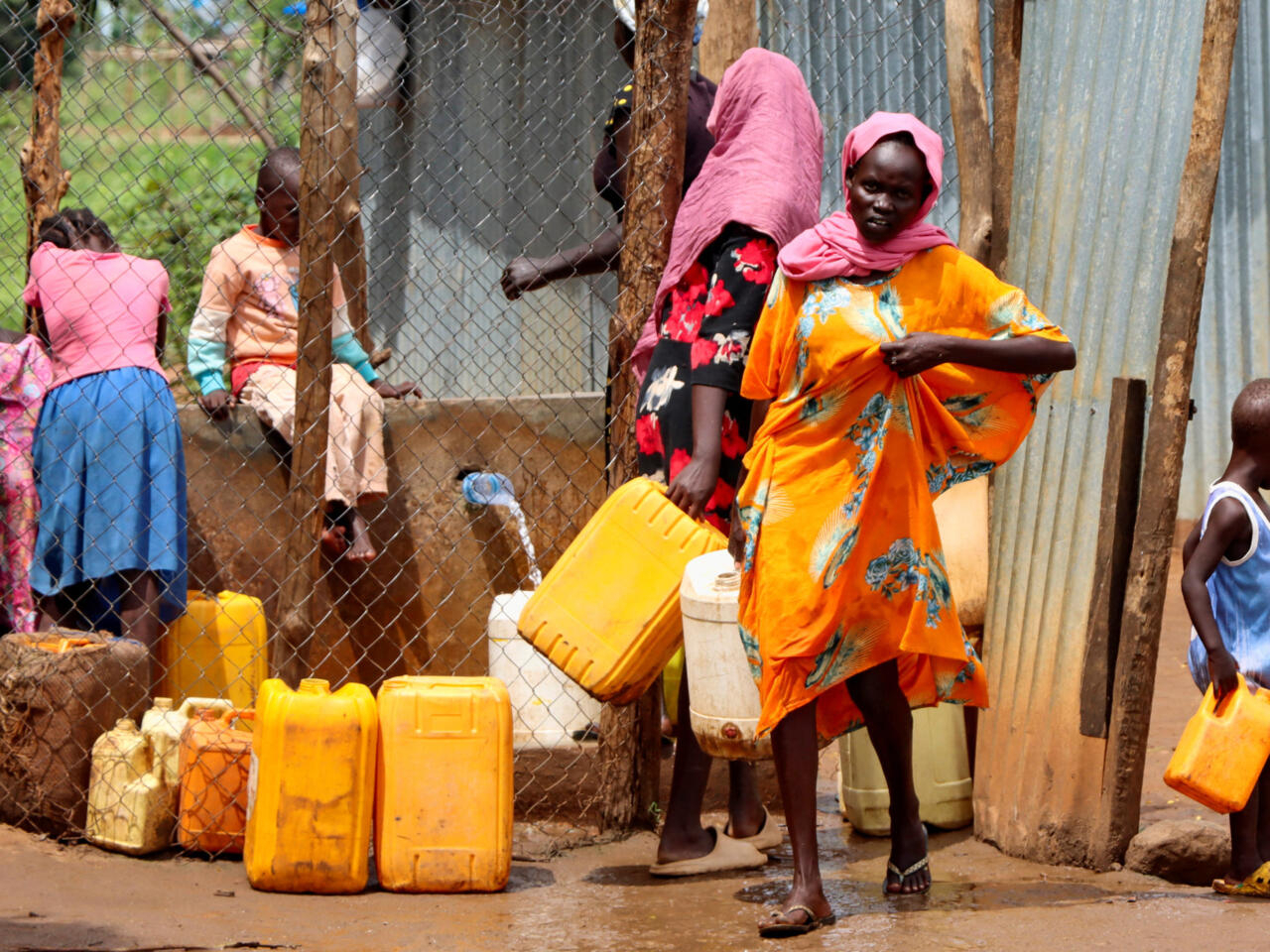
Over 500,000 individuals have sought refuge in South Sudan, posing significant challenges for the overwhelmed transit centers in Renk, situated just 10 kilometers from the Sudanese border.
The conflict in Sudan, ignited in April the previous year between army chief Abdel Fattah al-Burhan and RSF leader Mohamed Hamdan Dagalo, has compelled people to undertake perilous journeys to escape the ongoing violence.
Since the conflict’s onset, nearly eight million people, with half of them being children, have fled Sudan, and around 560,000 have sought sanctuary in South Sudan.
The United Nations reports an average of 1,500 new arrivals daily, straining the capacity of transit centers. Many displaced individuals spend months in these camps, clinging to the hope of eventually returning home.
Iman David, a 20-year-old mother, fled Khartoum with her three-month-old daughter, leaving her husband behind. After seven months in Renk, she remains uncertain about her husband’s fate, yearning for a reunion.
The war has exacted a heavy toll on civilian lives, with thousands reported dead, and over 25 million Sudanese—more than half the population—in need of humanitarian aid. Additionally, 3.8 million children under five face the threat of malnutrition.
While some refugees in Renk aspire to return home, others aim to continue their journey to towns like Malakal or the South Sudanese capital, Juba. However, the prolonged wait presents challenges, with long queues forming at Renk port under the scorching sun. Lina Juna, a 27-year-old mother of four, expresses her hopes for a better life in Juba, despite lacking any connections there.
With the approaching monsoon season adding to the concerns, Deng Samson from the International Organization for Migration emphasizes the urgent need for international assistance. The UN has launched an appeal for $4.1 billion this month to address critical humanitarian needs as the crisis intensifies.
